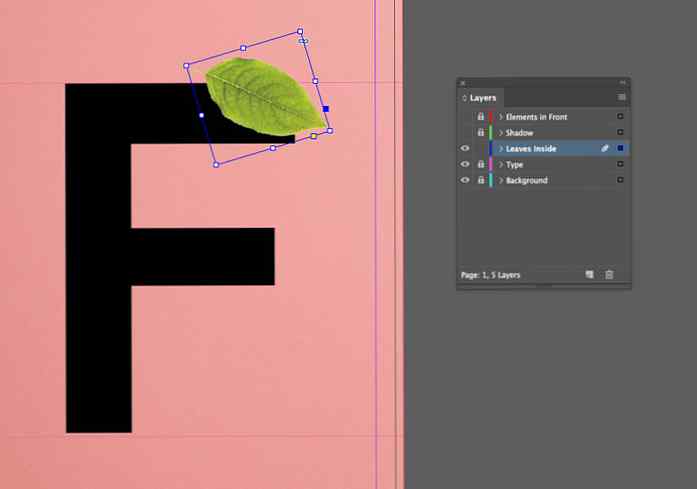A well-judged shadow can help to lift elements on your document and give them a 3D appearance. There are two methods of applying a shadow to an object in InDesign: Drop Shadow and Inner Shadow. A Drop Shadow is the most versatile shadow effect, creating a uniform shadow that sits outside of the object’s edge. Adobe InDesign is the industry-leading layout and page design software for print and digital media. Create beautiful graphic designs with typography from the world’s top foundries and imagery from Adobe Stock. Quickly share content and feedback in PDF.
Youcan use the 3D tool to place a 3D file (in U3D 3rd Edition or PRCformat) on a PDF page. Acrobat Pro can create 3DPDFs but only from U3D ECMA 1files.
After you place a 3D file, you can adjust the areaor canvas in which the 3D model appears, edit the presentationproperties for the 3D toolbar and content, and create additionalviews.
Indesign 3d Effect
- Drag a rectangle on the page to define the canvas areafor the 3D file.
In the Insert 3D dialog box, click Browse to select the 3D file, and then click Open. Click OK.
Note:
In the Insert 3D dialog box, check the Show AdvancedOptions to set initial 3D Properties for the file.
Note:
Be careful not to confuse the Select Object tool with the basic Select tool. Use the Select Object tool to adjust a 3D canvas.
To move the canvas, drag it to a new locationon the page.
To delete the canvas (and the 3D model), selectit and press Delete.
To resize the canvas, drag the frame corners. The3D content stays proportional within the adjusted frame.

View 3D properties by using the Select Object Tool (Tools > Rich Media > Select Object) to double-click within an activated model.
The options on the 3D tab determine how the3D model is presented. Unlike the settings on the other tabs, 3Dsettings do not affect the imported file itself.
The optionson the 3D tab are the same as the options on the 3D toolbar except forthe following:
This setting determines the lighting theme of the animation display in Acrobat.


Allows you to choose the visualization style for the added 3D model.
For models created with animation, this setting determines howthe animation runs in Acrobat.
Allows you to use different model views. An orthographic projection (ortho)effectively removes a dimension, preserving the size ratio betweenobjects but giving the 3D model a less realistic appearance. Orthographicprojection is especially useful for viewing certain diagrams, suchas 3D mathematical functions plotted on a graph. A perspectiveprojection offers a more realistic scene in which objectsin the distance appear smaller than objects of the same size inthe foreground.
Displays the 3D toolbar along with the image. When this option isnot selected, you can right-click the 3D image to view the 3D toolbar.
Displays the model tree on the Model Tree pane.The Model Tree has three panes. Each panedisplays a specific type of information or controls.
Specifies the JavaScript file that runs if a 3D model isenabled. Click Browse to add a JavaScript file to the PDF.
Specifieswhen the 3D model is activated. When the 3D model is enabled, youcan interact with it by using the 3D navigation tools, for example.
Determines how the 3D model can be deactivated. When a 3D modelis disabled, the 2D preview image or poster appears in the canvas.
Enables you to display the 3D model in a floating window outsidethe page. If you select Play Content In Floating Window,you can select the size of the window (in pixels) from the Heightand Width menus.
Select to create a border around the 3D object.

Illustrator 3d Tutorial
Removes any background color.
To replace the default view of the 3D model when it isn’t activated,select a poster image option. Click Browse to find the image youwant.
Ifa separate JavaScript file is associated with the 3D model PDF,you can activate it.
Click the 3D model with the Hand tool to enable it, and then right-click the 3D model and choose Run A JavaScript.
Find the JavaScript file you want to add, and click Open.
More like this
